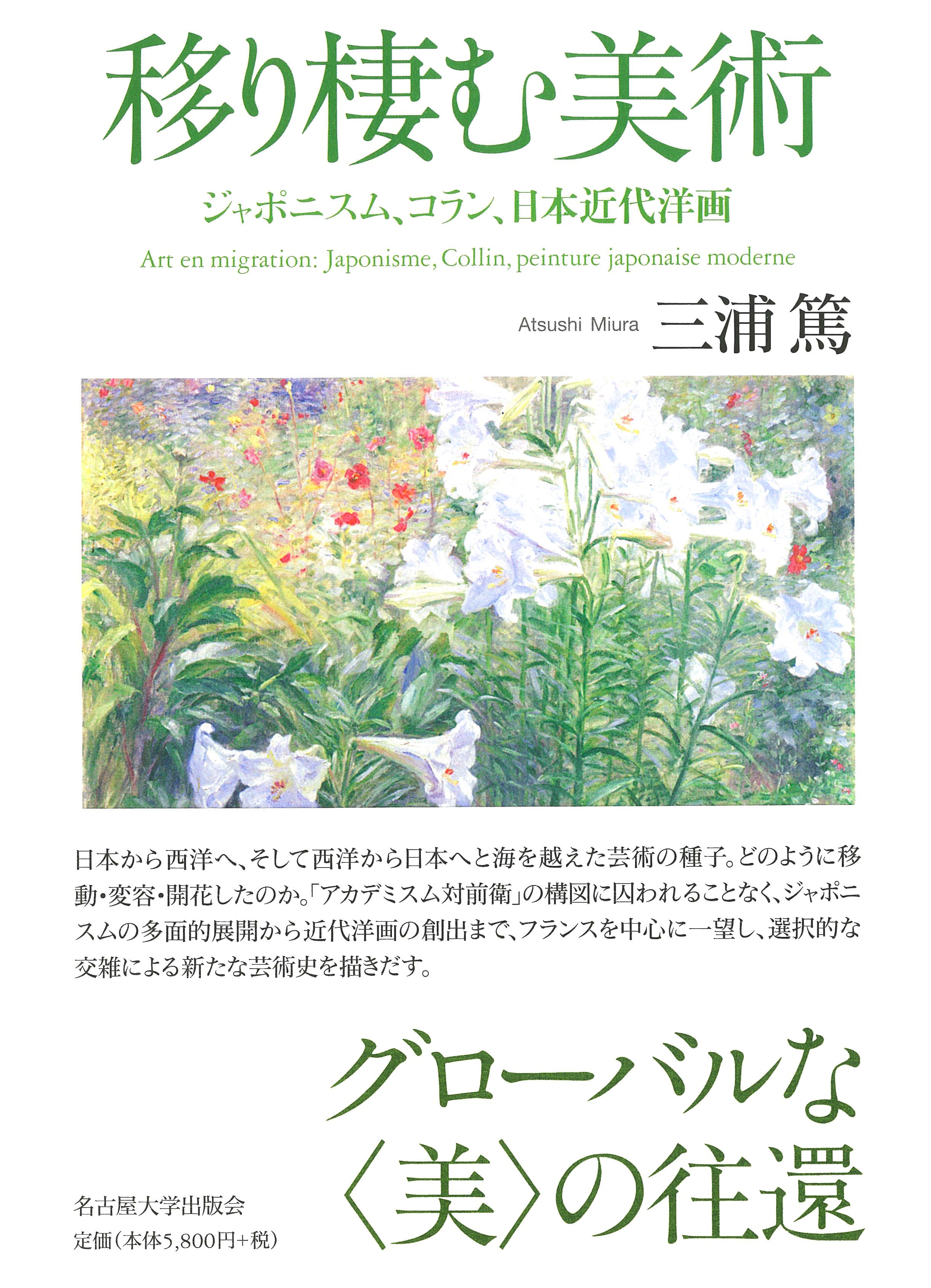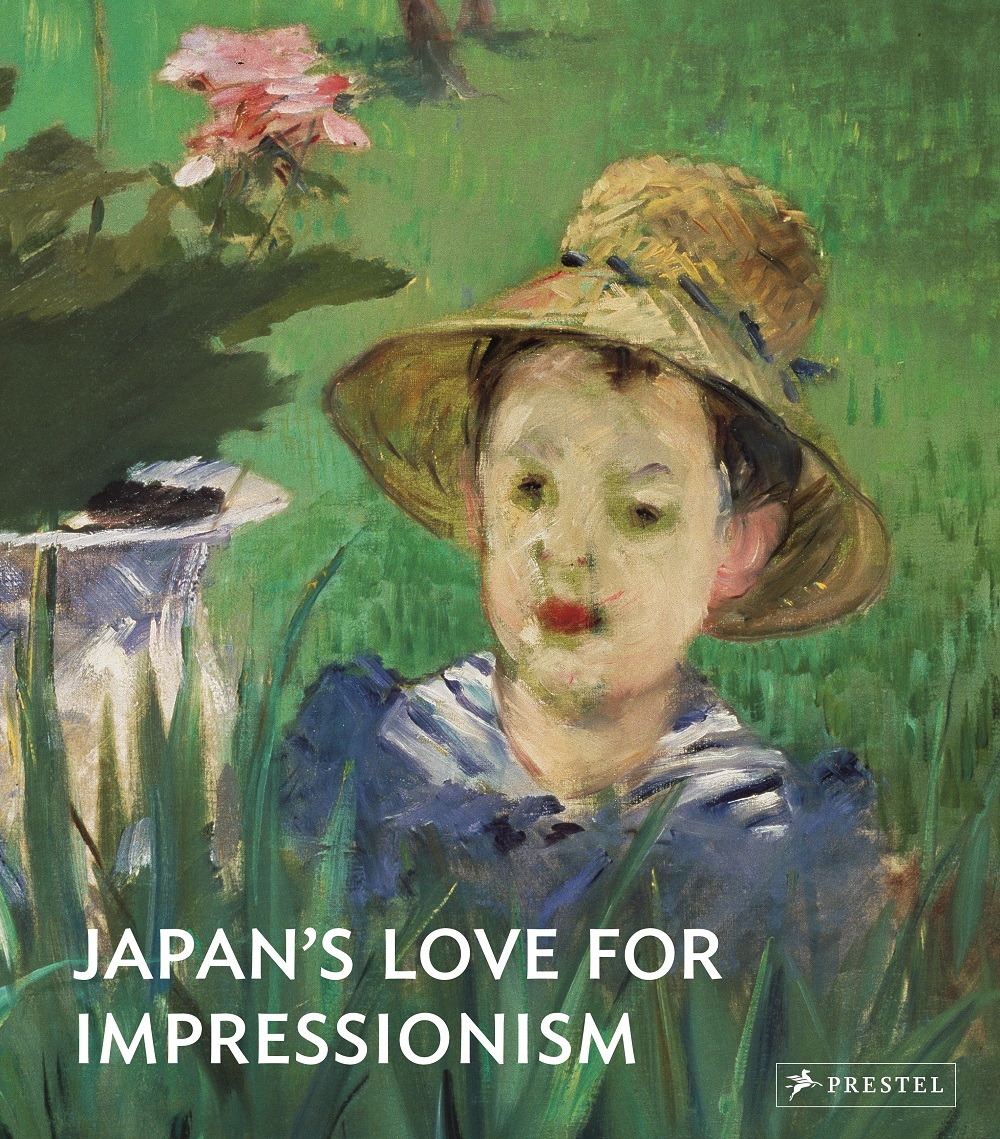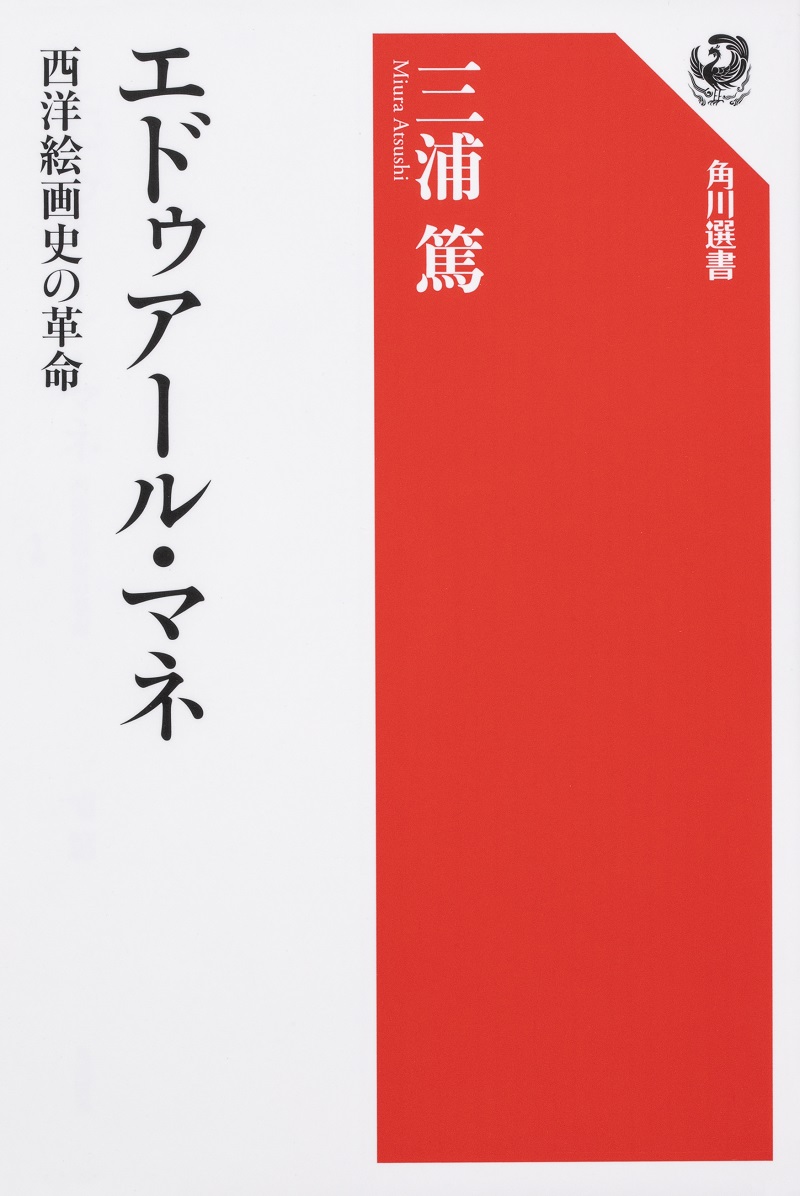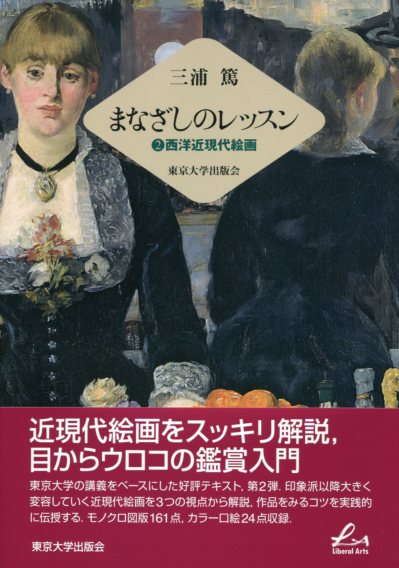
Title
Utsurisumu Bijutsu (Art in Migration - Japonisme, Collin,Japanese Modern Painting)
Size
574 pages, A5 format, hardcover
Language
Japanese
Released
2021
ISBN
978-4-8158-1016-0
Published by
The University of Nagoya Press
Book Info
See Book Availability at Library
Japanese Page
Have you ever heard that Japanese ukiyoe prints influenced the Impressionists and Van Gogh? Or that Seiki Kuroda, the Meiji era Western-style painter famous for his "Lakeside," spent a long time studying in France? Indeed, the mutual exchange of art from Japan to France and from France to Japan is an important aspect of modern Japanese culture. The book, "Art in Migration," is a three-part essay on the current state of art exchange between Japan and France, as well as the history of art transposition and transformation across different cultures.
Part I, "Japonisme growing en masse," considered how Japanese arts and crafts arrived in France following the opening of Japan in the mid-19th century, sparking the Japonisme phenomenon and causing a transformation in French art. Focusing on a wide range of paintings, ranging from the conservative Salon painters to the avant-garde Manet and the Impressionists, I examined in detail how French art was transformed by the catalyst of Japanese art, whether it was exoticism or plastic innovation. There is also a chapter on the history of allegorical images on the continent and the relationship between pictures and letters, which cuts into the issue of Japanese taste from an unexpected perspective. It also describes ceramics as a form of Japonisme in decorative art, tracing the export of Japanese ceramics to France and their evaluation, as well as the rise of new French ceramics. I believe that the diversity of Japonisme in France has emerged.
The second part, titled "Raphael Collin Revived," focused on Collin, a late 19th century academic painter. Collin, who excelled at painting nudes in natural, outdoor light, was characterized by his delicate and graceful style, and although he was not famous, he gained some recognition as a Salon painter at the time. Collin is being reassessed in this book because he was closely related to Japonisme while also serving as a mentor to Japanese Western-style painters studying in Paris. Thus, as a privileged mediator, Collin plays a pivotal role in the history of Japanese art exchange, acting as a hinge between the first and third parts of the book.
In the third section, "The Flowering of Modern Western Painting in Japan," I attempted to reconsider modern Western painting concerning French art during the Meiji period. The 1878 Paris Exposition provided a major impetus for Yamamoto Hōsui, Goseda Yoshimatsu, Kuroda Seiki, and Kuroda's desciples to study in France. After learning and digesting French academicism, these Western-style painters established their own Western-style paintings in Japan, which will be traced in detail through their works. In the case of Kuroda Seiki, in addition to restoring the educational course he received from his teacher Raphael Collin, I examined how Kuroda adapted various currents of French painting and struggled to remodel them to Japan. In doing so, I also focused on the hybrid phenomenon Japonisme’s circulation to Japan, hoping to put the history of French-Japanese art exchange into a more interactive perspective.
Just as plants crossbreed with other species, works of art can take root in a foreign land and bloom anew. I hope you enjoy exploring the rich intersection of Japanese and French art.
(Written by MIURA Atsushi, Professor, Graduate School of Arts and Sciences / 2021)
Related Info
The 34th Tetsuro Watsuji Cultural Award (Himeji City Museum Literature Feb 2022)
http://www.himejibungakukan.jp/watuji/jyusyoushiki/
http://www.himejibungakukan.jp/wordpress/wp-content/uploads/2022/02/ippan34.pdf



 Find a book
Find a book





